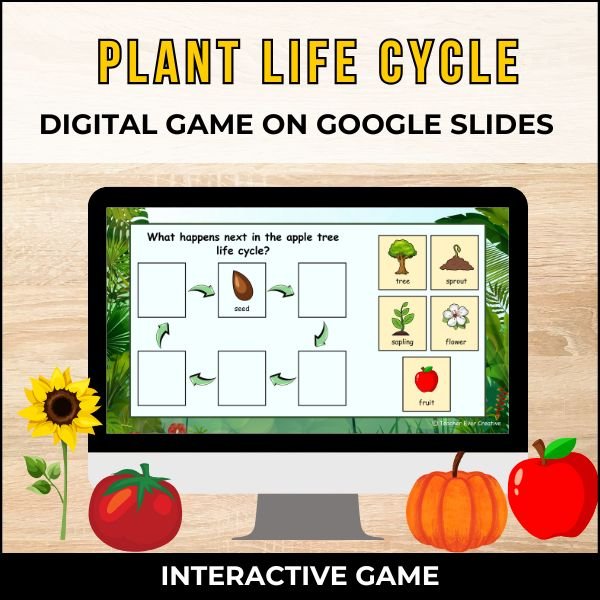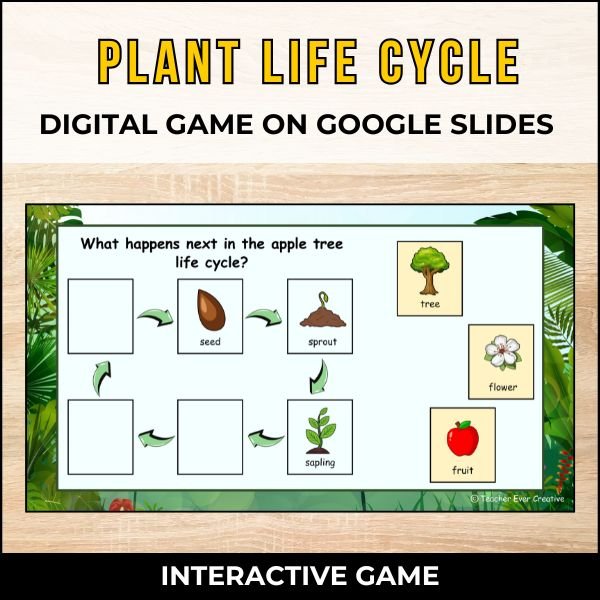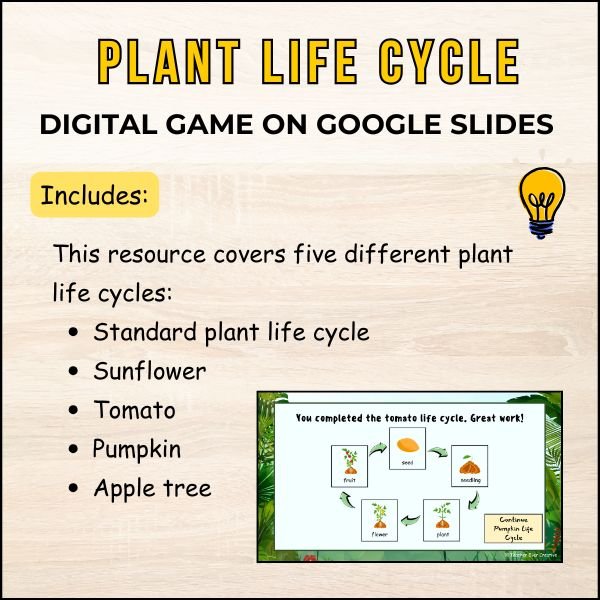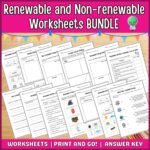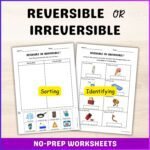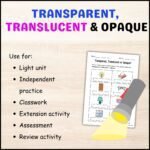Teaching the plant life cycle can be one of the most rewarding science lessons for elementary students. Watching young learners connect the dots between seeds, sprouts, and full-grown plants is always exciting! But finding an interactive way to reinforce these concepts can be a challenge—especially when you want something engaging, effective, and easy to implement. That’s where a plant life cycle digital resource can make all the difference!
Why Use a Plant Life Cycle Digital Resource?
Gone are the days of simple worksheets and textbook diagrams! A plant life cycle digital resource brings science to life with interactive activities that help students visualize and understand the process in a meaningful way. Whether you’re teaching in person, remotely, or in a hybrid setting, digital resources offer flexibility and engagement that traditional methods may not.
With digital tools, students can:
✔️ Sequence the plant life cycle in a hands-on way
✔️ Receive instant feedback on their answers
✔️ Learn at their own pace, reinforcing key science concepts
✔️ Stay engaged with colorful visuals and interactive elements
Teaching Tips to Make the Most of Your Plant Life Cycle Lesson
Even with a great digital resource, strong teaching strategies can take your lesson to the next level. Here are some tried-and-true tips to help your students master the plant life cycle:
1. Start with Real-Life Observations
If possible, bring in real seeds and plant them with your students! Let them observe each stage of growth over time. This hands-on experience pairs perfectly with digital activities, reinforcing learning through direct observation.
2. Use Movement to Reinforce Learning
Have students act out the stages of a plant’s life cycle! Let them curl up like a seed, stretch like a sprout, and “bloom” into full-grown plants. Adding movement makes learning more memorable and fun.
3. Incorporate a Plant Life Cycle Digital Resource
Interactive learning helps students retain information. This plant life cycle digital resource is designed to let students sequence the life cycle stages while receiving instant feedback. They’ll stay engaged and actively participate in their learning journey.
4. Encourage Discussion and Reflection
Ask students questions like:
🌱 What do plants need to grow?
🌻 How does a seed turn into a plant?
🍎 What would happen if a plant didn’t get enough sunlight or water?
Encouraging discussion helps students deepen their understanding and connect science concepts to the real world.
Try This Easy-to-Use Plant Life Cycle Digital Resource!
Looking for a ready-to-go, interactive way to teach the plant life cycle? Our plant life cycle digital resource makes it easy for students to practice sequencing life cycle stages while getting immediate feedback. Plus, it’s aligned with science standards, making lesson planning a breeze!
📌 Grab your copy here: Plant Life Cycle (my TPT store)
Your students will love this interactive experience, and you’ll love how easy it is to incorporate into your lesson plans. Try it today and bring the plant life cycle to life in your classroom! 🌱✨

